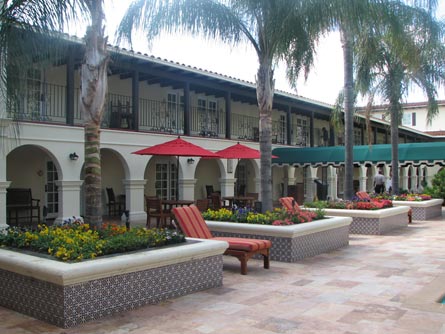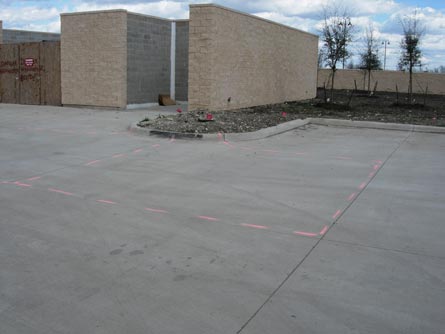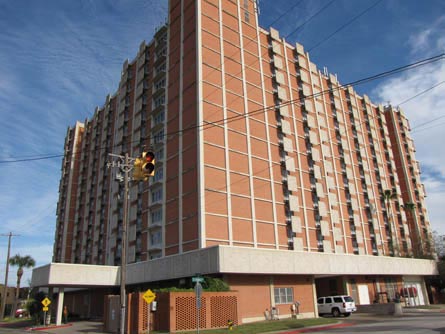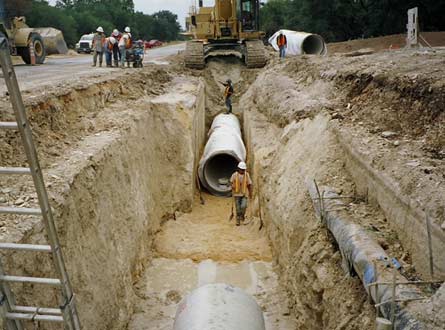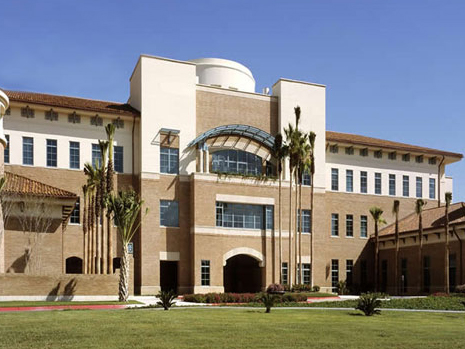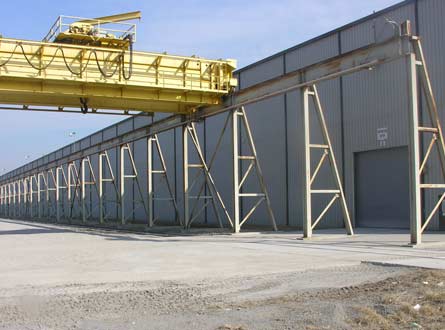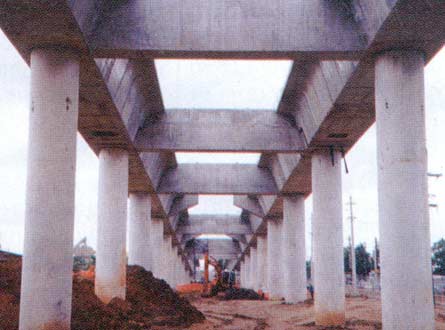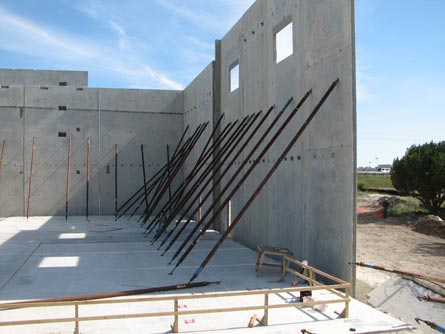CA performed an initial investigation to determine the cause(s) of the observed distress in a roof of a parking garage structure consisting of precast double-tee girders in a hotel located in Laredo, Texas. CA performed an initial condition assessment and developed recommendations for a comprehensive investigation to determine a remediation procedure for the observed distress, which was indicative of distress caused by moisture intrusion. CA’s recommendations for a comprehensive investigation included determining the cause of the moisture intrusion, performing repairs to eliminate additional moisture intrusion, and assessing the extent of damage affecting the integrity of structural members with rebar corrosion and loss of concrete section.
